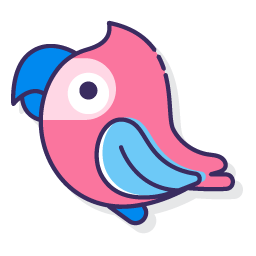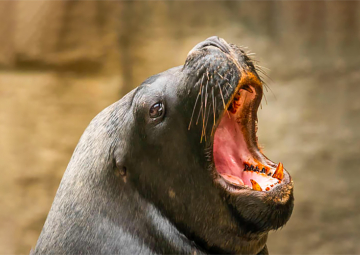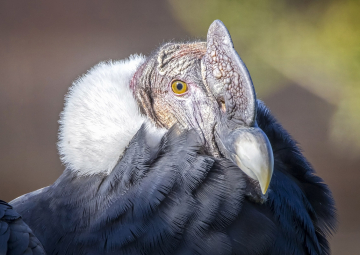THEORY
What do we do when a behavior is incorrect?

We have seen in previous articles how to reinforce a correct behavior when we train with our animals, as this will increase the probability that they will occur in the future, but what do we do when a behavior is incorrect?
Nowadays, thanks to the expansion and advancement in the knowledge of animal training it is increasingly less common to see trainers using a "No" or other type of actions that would focus more on the wrong response of the animal than on the right ones.
We do not doubt that in some specific training program communicate to our animal what is correct and what is not, could be understood as playing the game of cold or hot and can be a valid strategy in some specific cases, provided that no form of punishment is used which compromises the welfare of those animals.
But it is certainly a practice where it is easy to fall into a misuse and we will end up confusing our animal when it comes to communicating what criterion is the one we want it to reach, in addition to the probability of generating frustration, avoidance and possible aggression in many animal species.
We all know that orcas are very large and heavy animals, with which you could not use traditional training techniques, nor did the trainers want to see an animal of that size in the water in a moment of frustration.
Since reinforcing errors was clearly unacceptable and to avoid perpetuating the error-frustration-aggression sequence, it was necessary to reduce frustration or teach animals to react in an acceptable manner.
Of course, they had to develop a technique that would allow them to train and interact with these animals always in the most positive context possible.
This is why, in 1991, a proactive training technique was described called LRS (Least Reinforcement Scenario).
This technique was originally developed with orcas at Sea World in 1985 by the hand of great trainers such as Michael Scarpuzzi, Thad Lacinack, Ted Turner or Chuck Tompkins, So on this occasion we wanted to document and reflect faithfully from the hands of the architects of this concept that spread through the zoological community in training programs around the world.
It is a specific extinction technique based on differential reinforcement (DRO) of other behavior. The trainer pauses for 2-3 seconds after incorrect behavior at the same point where the reinforcement would have been given. The trainer’s response also functions as a stimulus for the animal’s attention and calm, which is incompatible with aggressive behavior.
Once an animal has a sufficient learning history with LRS, its use after an incorrect response helps to reduce the frustration that could result from the lack of reinforcement.
Perhaps due to the close contiguity of time between the consequence and the LRS, the LRS has been misinterpreted and equated with the absence of reinforcement, but despite the fact that the LRS occurs at the time when the consequence occurs, the authors specify exactly the nature of the LRS as the least reinforcement scenario.
Despite what some trainers think, LRS is not about ignoring the animal. Only if the trainer is aware of the animal’s behavior, can we perceive if it reacts by showing a calm and attentive behavior.
It is important to remember that the behavior of the trainer is not the consequence of the incorrect behavior that our animal has performed. The consequence of that behavior is the absence of reinforcement, only that the close contiguity between the trainer’s behavior (relaxed position) and the consequence (not giving reinforcement) often coincides with the period of time in which the reinforcement must be given.
However, the trainer’s behavior is the stimulus for the next behavior (attention and calm), which results in reinforcement in a variable program (since they are not predictable they help to maintain more motivation than with a fixed reinforcement program).
In this way we will be able to strengthen an LRS on occasion, at other times to ask for another simpler behavior that allows us to ensure reinforcement and to follow our session in a positive context, or we can ask again the behavior that the animal has performed incorrectly to see if this time it reaches the criterion and we can strengthen.
At WeZooit we recommend using LRS in any training program, because when used correctly, it allows animals to learn from their mistakes by reducing the level of frustration associated with such mistakes. In turn, this decreasesn the likelihood of aggression, and thus reduces the possibility of harm to another or to oneself.
We want to thank our friends Thad Lacinack and Angi Millwood, founders of Precision Behavior, for providing us with this video that we share with all of you.
{youtube}https://youtu.be/a7piBirXoqw{/youtube}
And remember, if it’s possible... WeZooit!


















